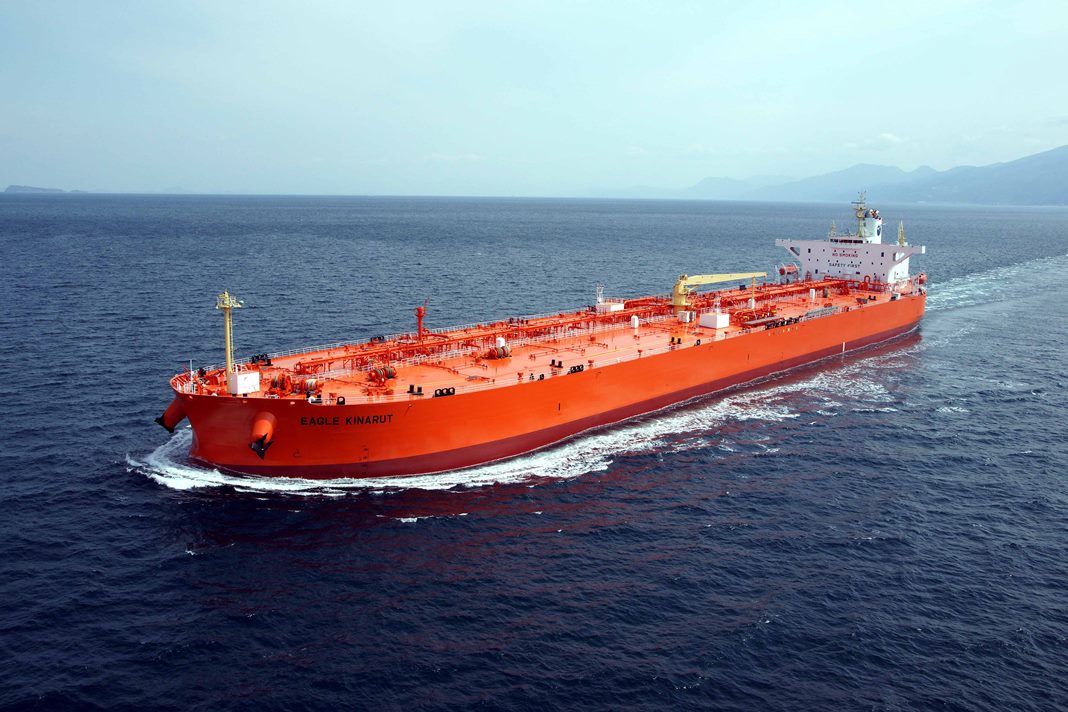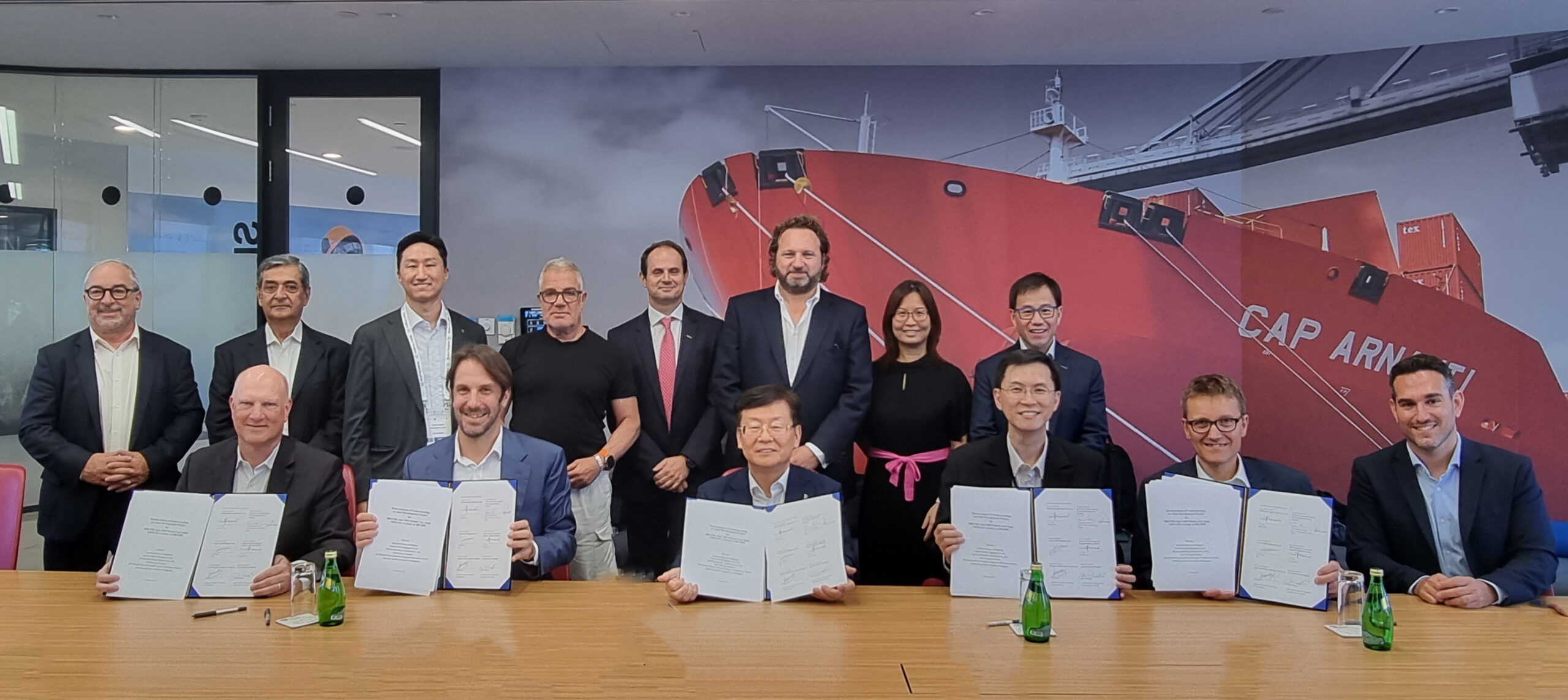Four Aframax oil tankers to be built by Korea Samsung Heavy Industries for Singapore-based shipowner AET demonstrate the growth of LNG fuel in international shipping.
Latest data from Clarksons indicates that of 130 newbuilding contracts recorded so far in 2017 for all vessel types, 21 of these are for vessels with LNG fuel capabilities. That’s 16.5% of the orderbook this year. Many of these vessels are for tankers and other vessels that can operate on international trade routes.
The 113,000 dwt AET newbuilds will have dual-fuel engines and when built become some of the largest gas powered ships other than LNG carriers afloat. Delivery is due to commence in the third quarter of 2018.
According to AET, the vessels will be able to run on LNG for around a month by making use of twin LNG tanks before refuelling, operating in North America, Northwest Europe and Asia. The use of LNG is part of its ongoing strategy to control emissions and strengthen its resilience to fluctuations in operating costs.
Sulphur regulations, namely he 0.5% global sulphur in fuel cap, set to come into force in 2020, and the 0.1% sulphur in fuel cap for vessels in emission control areas, are seen as factors supporting the uptake of LNG as a fuel option in a growing number of newbulding orders.
According to the DNV GL figures from March this year, there are 102 LNG-fuelled vessels in operation, excluding LNG carriers and inland waterway vessels, and a total of 201 confirmed LNG ship fuel projects. The data also shows 108 LNG-fuelled newbuilds on order. This time on year ago LNG World Shipping news said there were 74 vessels in service and 88 on order.
At the end of last month, Russian shipowner Sovcomflot ordered four 114,000 DWT ice-class Aframax tankers worth US $240 million, capable of operating on LNG fuel.
Delivery of the tanker American Freedom for APT took place last week. Although not dual-fuel yet, it has been constructed as LNG-ready, giving it the option to be easily converted to use LNG fuel in the future.
In the last quarter of 2016, six chemical/product tankers with LNG propulsion were ordered by Furetank and Älvtank and another for Thun Tankers. Stolt Nielsen also ordered two LNG fuelled tankers while Sirius Shipping AB ordered two oil/chemical tankers during the same period. Terntank also took delivery of its third, of four, LNG-powered chemical tankers.
Mr Yee Yang Chien, Chairman, AET and President/Group CEO, MISC Berhad, the tanker owner parent company, said in a statement: “We have complete confidence that LNG will play a significant part in the marine fuels mix in the coming years, and we have been reviewing the feasibility of developing a dual fuel LNG fleet since 2015. We are utilising this experience with the new AET ships which we believe sets us ahead of other operators with similar vessels. Our experience allows us to have confidence that the required infrastructure for LNG bunkering will develop at pace as we approach 2020 giving much more trading flexibility in the future.”
The AET newbuildings will be fitted with additional technologies to reduce emissions and receive the green passport notation. They will also have to be compliant with the IMO’s ballast water convention, entering into force September 8, 2017.
Image courtesy of AET. Aframax tanker Eagle Kinarut.
Fathom-News
editor@fathom-mi.com

































